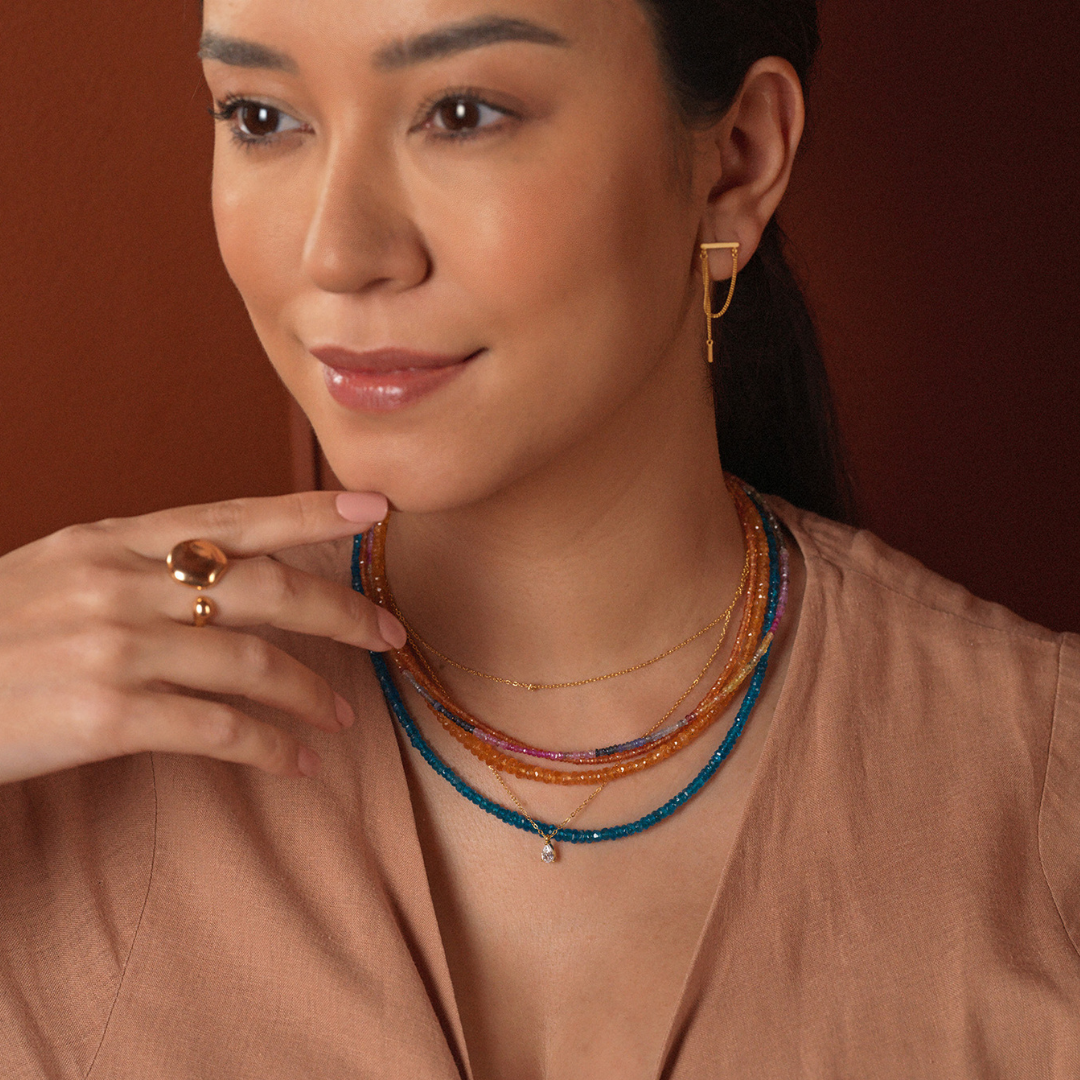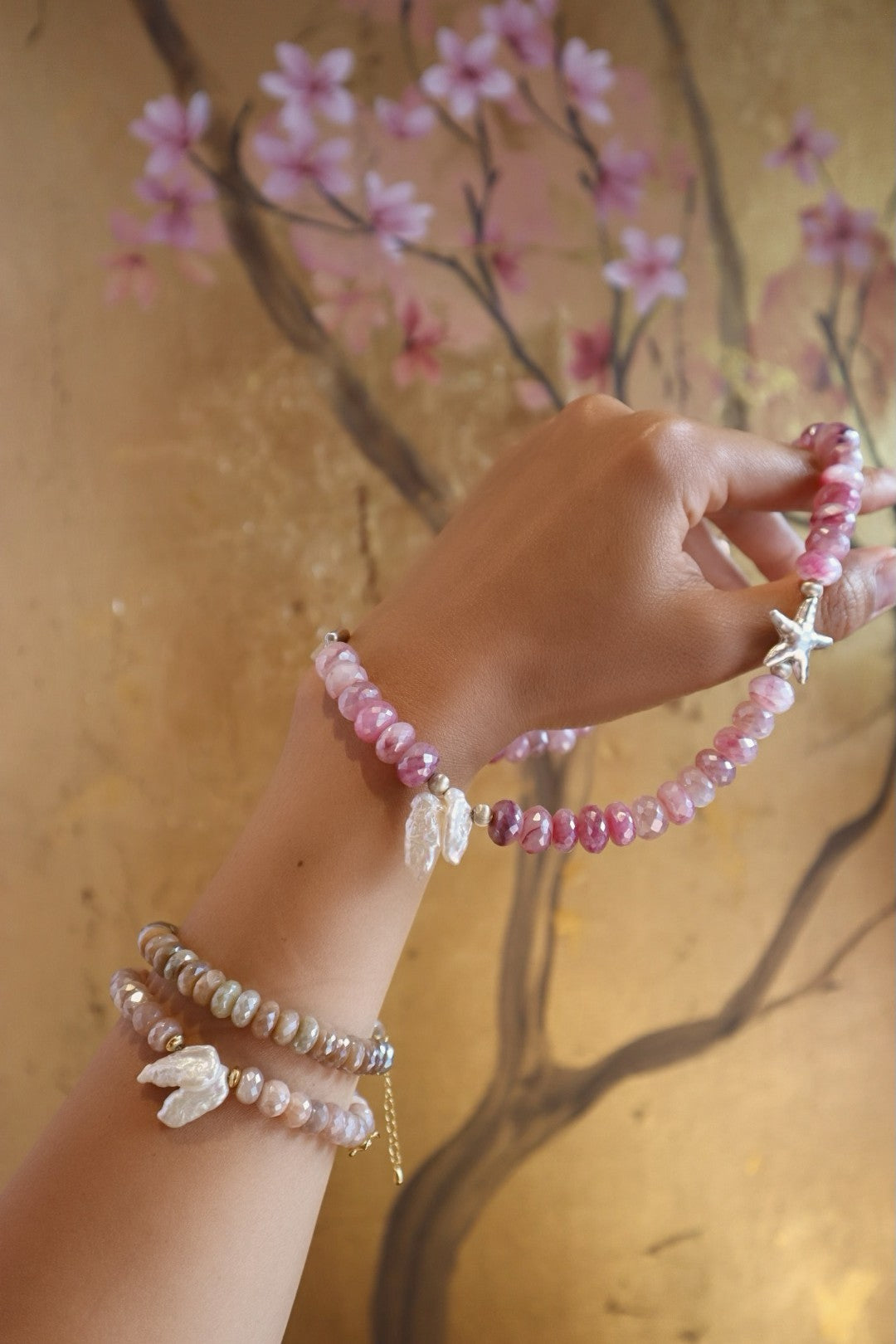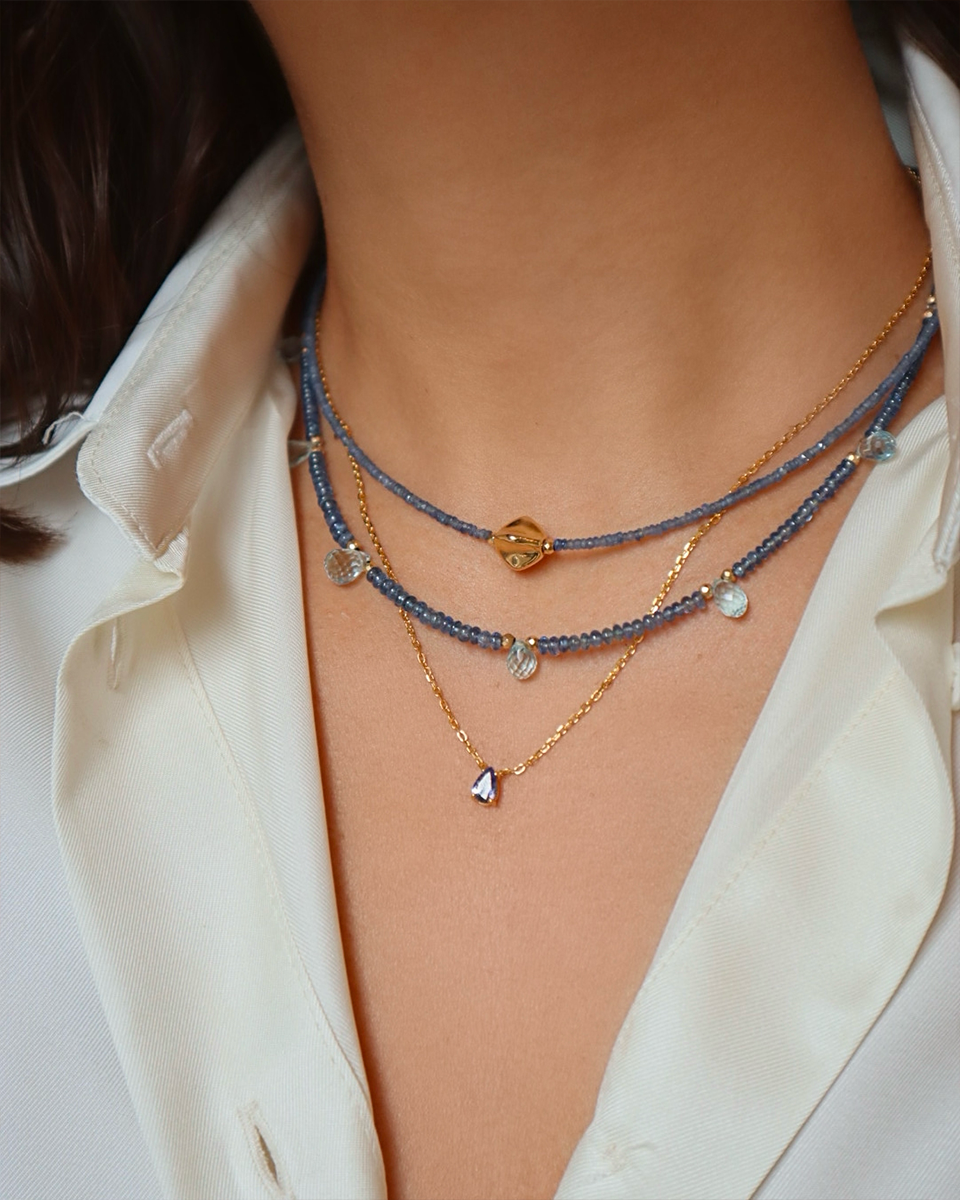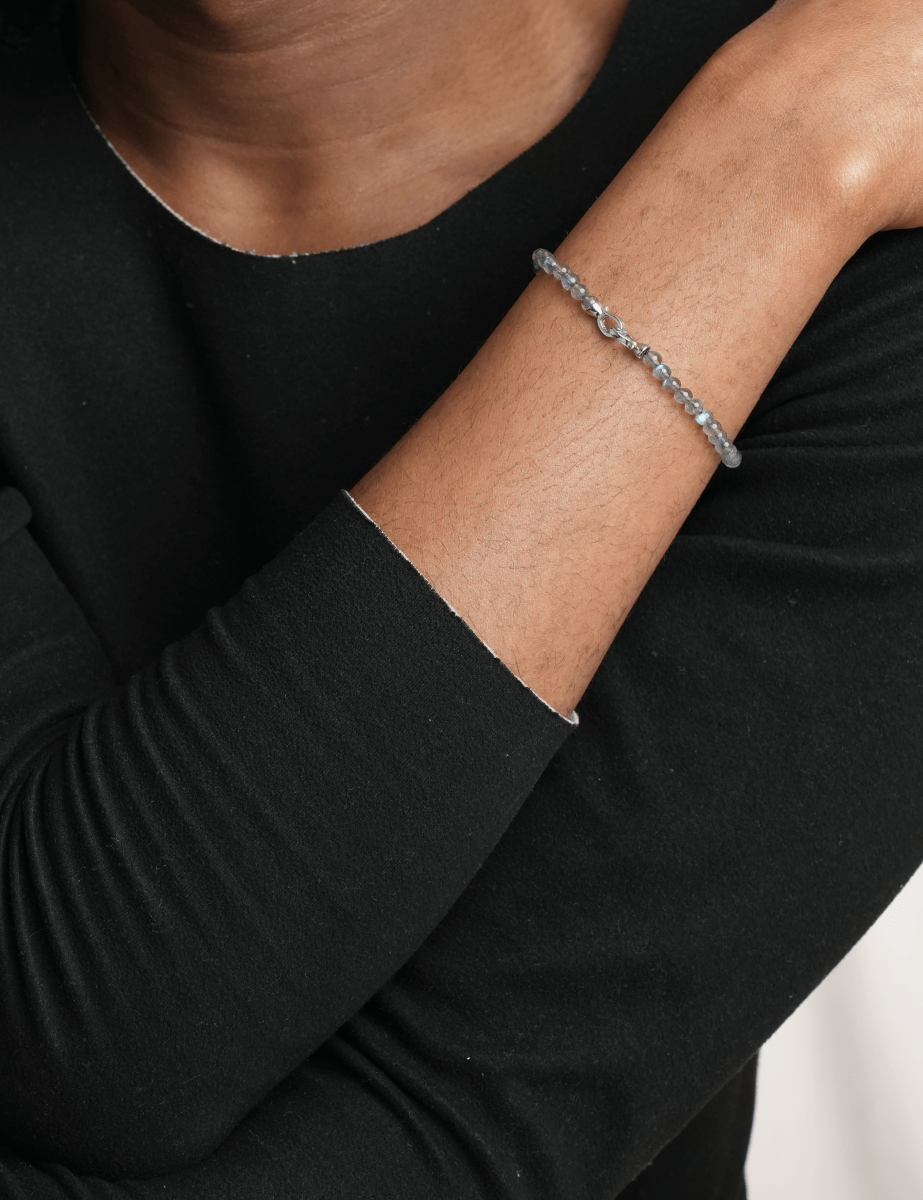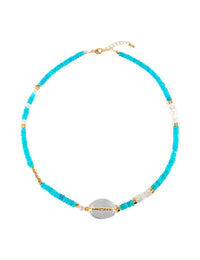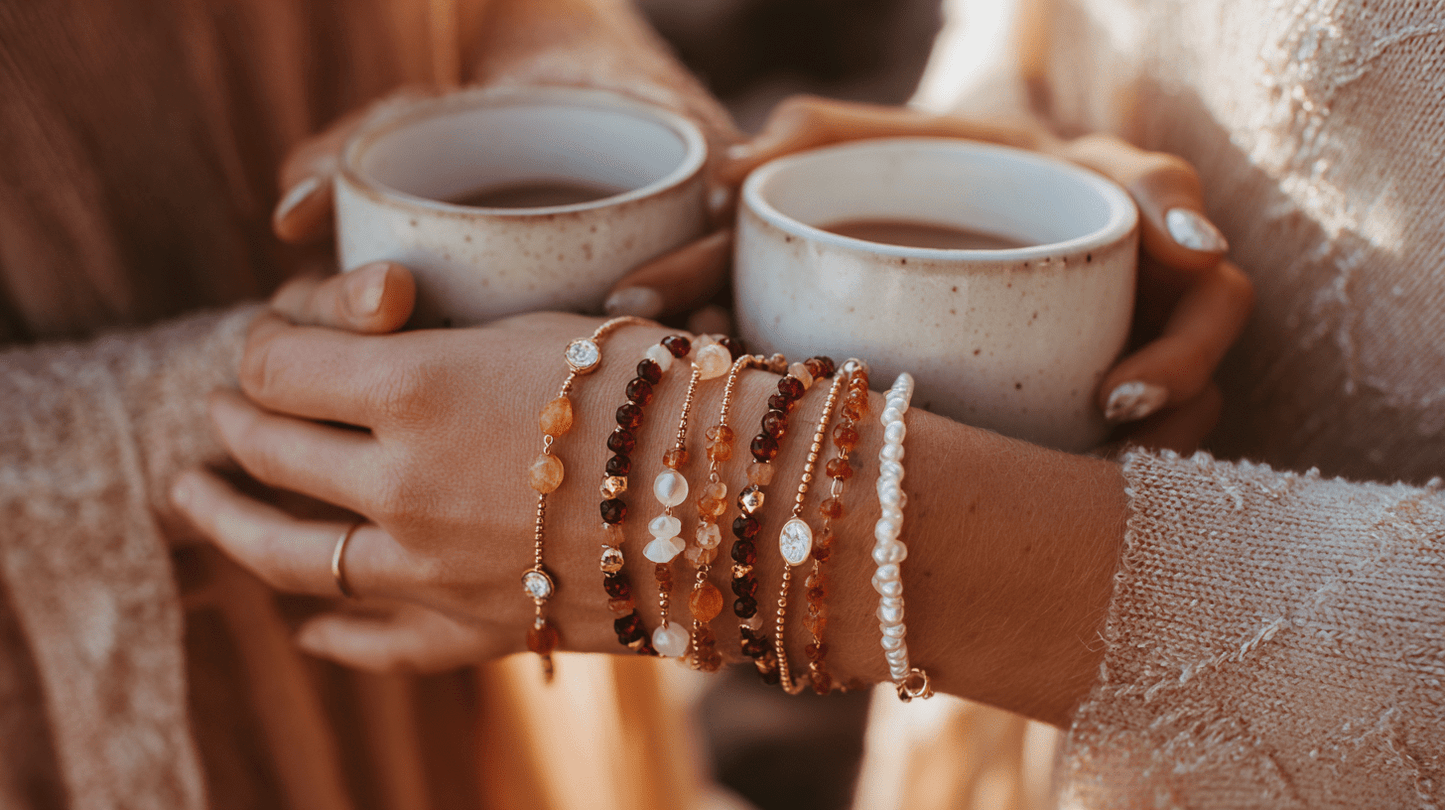Enjoy 25% off at checkout to get your favourite.
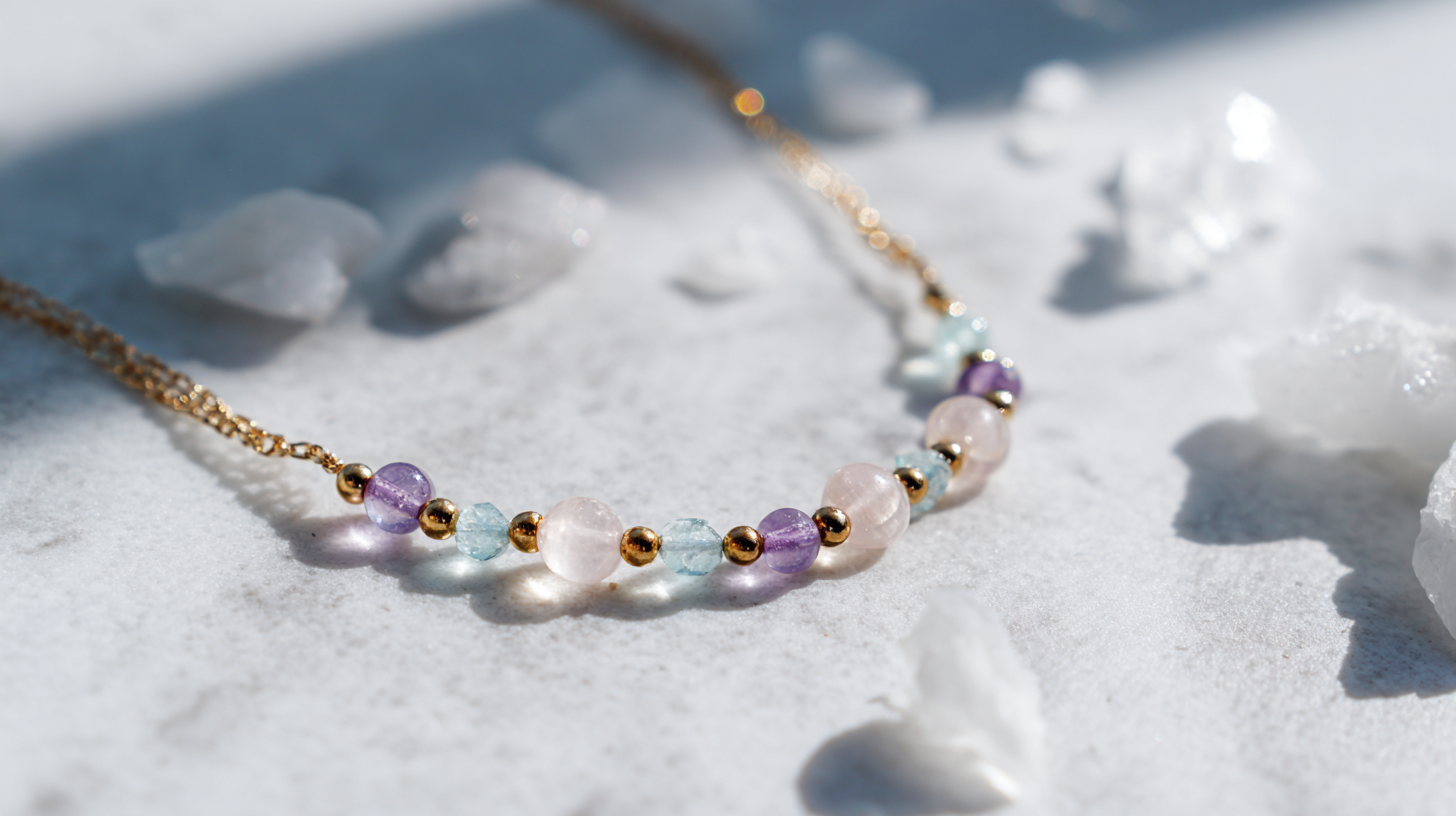
Why do so many societies treasure beaded necklaces? Across continents and centuries, people have crafted beaded necklaces from shells, stones, and precious metals. Prehistoric Africans made beads as early as 50,000 years ago. Ancient Egyptians wore them for both beauty and spiritual reasons. Today, the global beaded jewelry market continues to grow, showing the cultural significance of these accessories. Beaded necklaces express identity, mark status, and link people to traditions within their societies.
Key Takeaways
Beaded necklaces symbolize status, identity, and spiritual beliefs in many cultures, telling stories without words.
People use beaded necklaces to mark important life events like births, weddings, and coming-of-age ceremonies.
Beading strengthens community bonds by passing down traditions and connecting people through shared stories and ceremonies.
Crafting beaded jewelry requires skill and creativity, preserving cultural heritage across generations.
Today, beaded necklaces remain popular worldwide, blending tradition with modern fashion and helping revive cultural pride.
Symbolism
Status and Power
Beaded necklaces have long served as symbols of status and power in many societies. In ancient Egypt, people wore beaded jewellery to show political and religious authority. Wealthy Egyptians often included these items in their graves, believing they would carry their power into the afterlife. The Maasai and Samburu of Kenya use beading to mark identity and social rank. Each necklace design, color, and arrangement tells others about the wearer’s age, marital status, or clan. Among native American tribes, beaded jewellery also signals status. Silver and colorful beaded necklaces often show wealth and leadership. The Maya and Aztecs reserved special beads and jewelry for nobles and priests, making beaded necklaces a clear sign of high rank. Across African cultures, beadwork acts as a visual language, letting people communicate their place in society without words.
The patterns and materials in beaded necklaces often reveal much about a person’s role and achievements. For example, the Tara Brooch among the Celts and the use of gold and jade among the Maya both highlight how beading can represent elite status.
Spiritual Meaning
Beaded necklaces hold deep spiritual meaning in many cultures. In native American tribes, beaded jewellery is not just decoration. It carries sacred values and connects people to their ancestors and the spirit world. The bear claw necklace, for example, acts as a spiritual object, believed to hold great power and mystery. Red ochre on these necklaces stands for life and sacred forces. People often use beaded necklaces in spiritual ceremonies, seeing them as bridges between the physical and spiritual realms. In African cultures, beading is woven into beliefs and rituals. The Maasai and Samburu see beads as more than ornaments; they are part of their spiritual identity. Ancient Egyptians also used beaded jewellery in religious rituals, believing certain colors and stones could protect or bless the wearer.
Beads can trigger strong emotions and spiritual responses.
Many museums treat beaded necklaces as cultural and spiritual artifacts, not just art.
Life Events
Beaded necklaces play a key role in marking life events. In northwest Kenya, Turkana pastoralists buried their dead with thousands of beads, showing the importance of beading in honoring the deceased. In Botswana, people used imported glass beads to signal social changes and life milestones. Across Africa, beads made from shells, stones, and glass have marked births, marriages, and coming-of-age ceremonies for thousands of years. Ethnographic studies show that beading helps people express identity and signal important transitions. Native American tribes use beaded necklaces in rituals like the Sundance, marking steps from childhood to adulthood. Ancient tradition links beading to every stage of life, making these necklaces powerful symbols of change and belonging.
In many cultures, people give beaded necklaces during weddings or as gifts to newborns.
Rituals often include beads to strengthen social bonds and celebrate milestones.
The use of colorful beaded necklaces in ceremonies highlights their role in marking special moments.
Beads are more than decorations. Their colors, materials, and patterns carry messages about identity, beliefs, and social ties. Research shows that bead types, stringing methods, and placement all act as cultural markers. These features help people communicate who they are and where they belong. Beaded jewellery, especially in African cultures and native American tribes, continues to serve as a living record of personal and group identity. The symbolism found in beading connects people to their history and to each other.
Social Roles
Ceremonies
Beading plays a central role in ceremonies across many societies. In African cultures, people use beads during rites of passage, such as coming-of-age rituals and weddings. The Maasai create intricate beadwork for special events, with each color and pattern holding meaning. Native American tribes also use beaded necklaces in important ceremonies. For example, the Wampum belt, made from beads, marks treaties and agreements. In South America, indigenous groups wear beaded necklaces during spiritual ceremonies to honor ancestors and celebrate the cycle of life. These traditions show that beads are more than decorations; they are markers of identity and important moments.
Community Bonds
Beading strengthens community bonds and helps people feel a sense of belonging. In urban Indigenous women’s communities, beadwork acts as a way to teach, share stories, and connect generations. Activities like talking circles and group beading sessions help people learn about their heritage and build relationships. Archaeological studies show that bead patterns and colors remain consistent across different Native American groups, showing shared beliefs and worldviews. Among the Haudenosaunee, beads serve as personal ornaments that reflect both ethnic and interpersonal identity. Beading is not just a craft; it is a tradition that brings people together and keeps cultural knowledge alive.
Beading is a rigorous tradition that connects artisans to their community and worldview, making it a key part of cultural continuity.
Gift Traditions
The exchange of beaded necklaces as gifts has deep roots in many cultures. Anthropologists like Malinowski and Mauss found that giving beads is more than a simple act; it creates bonds and obligations between people and groups. In the Trobriand Islands, the Kula ring system involves exchanging bead necklaces and armbands to build alliances and honor. These exchanges do not focus on material gain but on respect and social ties. Across the world, people use beads as gifts to mark special occasions, show friendship, and strengthen community connections.
Beads have served as symbols of wealth, spirituality, and tradition for thousands of years.
In India, China, and Europe, people use beaded necklaces in religious and social ceremonies, showing their lasting importance.
Artistry and Heritage

Beaded Jewellery Craft
Beaded jewellery stands as a testament to human creativity and skill. Artisans use many techniques to shape, string, and weave beads into beautiful forms. Archaeological studies show that people have combined beads with shells, stones, and metals to create composite objects. These objects reflect both artistic vision and social meaning. The process of beading often starts with the careful selection of raw materials. Specialists then transform these materials using methods like perforation, stitching, and stringing. Ancient Etruscan artists used the granulation technique, soldering tiny gold spheres onto metal. Other cultures developed bead weaving methods such as peyote stitch, brick stitch, and herringbone stitch. Each method requires patience and precision. The creation of intricate beaded necklaces often involves starting with flat stitches to form bezels for pearls or stones, then joining these parts together. This craft links people to their ancestors and keeps traditional crafts alive.
Heritage in Cultures
Beading preserves cultural heritage across generations. Families and communities pass down knowledge of beading from elders to children. This transfer of skills ensures that each new generation learns the meanings behind colors, patterns, and materials. Beads often reflect natural and spiritual themes, such as animals, plants, or sacred symbols. In many societies, beaded jewellery connects people to their environment and beliefs. The act of beading becomes a way to honor ancestors and celebrate identity. Community gatherings for beading help strengthen social ties and keep cultural beadwork traditions strong.
Beading is more than a hobby. It is a living tradition that shapes and reflects the values of a culture.
Storytelling
Beads tell stories that words cannot capture. Each piece of beaded jewellery can hold memories, lessons, and history. Native American women of the Great Plains use beading to decorate dresses and accessories. Their work documents family stories, important events, and cultural values. The teaching poster "A Life in Beads: The Stories a Plains Dress Can Tell" shows how beading serves as a record of both personal and group experiences. Through intricate beaded necklaces and other items, people share their journeys and keep their stories alive. Beads become a language that connects the past to the present.
Beading helps preserve stories and traditions.
Intricate beaded necklaces often mark important moments in a community’s history.
Modern Relevance
Fashion Today
Beaded jewellery continues to shape modern fashion. Many people choose these pieces to express their unique style and personality. Shoppers look for items that reflect their values, such as sustainability and ethical craftsmanship. Designers create beaded jewellery for both casual and formal occasions, making it a versatile choice. The rise of online shopping and social media has made it easier for people to find and share new designs.
Consumers enjoy customizing their jewelry, choosing colors and patterns that match their mood or outfit.
Multi-color bead necklaces appear in fashion stores, ethnic wear, and as popular gifts.
Different regions show unique preferences. North America favors handmade designs, Europe values elegant beads, and Asia-Pacific highlights traditional craftsmanship.
Beaded jewellery connects people to their heritage while allowing them to follow current trends.
Cultural Revival
Many communities use beaded jewellery to revive and celebrate their cultural identity. In Morocco, for example, Amazigh necklaces use coral, amber, and silver beads. These pieces mark social status and carry special meanings, such as fertility. Artisans often restring these necklaces, showing that the tradition stays alive and adapts over time. Modern versions of these necklaces appear in dance performances and festivals, both locally and around the world. This practice helps keep cultural stories and values strong in today’s society.
Global Influence
Beaded jewellery has a growing influence worldwide. The global market continues to expand as people from different cultures share ideas and designs. E-commerce platforms connect buyers with artisans from places like India and Latin America. In the United States, many shoppers seek out handmade pieces that reflect cultural authenticity. Indian artisans blend traditional styles with modern trends, supporting a strong export business.
The popularity of beaded jewellery shows how cultural exchange shapes fashion and identity.
People of all ages and backgrounds now wear these pieces, making them a symbol of global connection.
Beaded jewelry holds a special place in many cultures. These pieces show identity, mark traditions, and carry deep meaning. People use them to remember their roots and share stories with others. Each necklace can connect a person to family and community. By learning about these traditions, readers can see the value behind every bead.
Every strand tells a story that links the past to the present.
FAQ
What materials do people use to make beaded jewelry?
People use many materials for beaded jewelry. Common choices include glass, wood, shells, stones, seeds, and metals. Some cultures use rare or valuable materials to show status or for special ceremonies.
How do colors in beadwork carry meaning?
Colors in beadwork often have special meanings. Red can stand for life or strength. Blue may show peace or the sky. Each culture gives its own meaning to colors, making every piece unique.
Why do some cultures give beaded jewelry as gifts?
People give beaded jewelry as gifts to show respect, friendship, or love. These gifts can mark important events like weddings or coming-of-age. Giving jewelry helps build strong bonds between families and communities.
How do artisans learn beading skills?
Artisans often learn beading from family members or elders. Skills pass down through generations. Many communities hold group sessions where people teach and practice together. This keeps traditions alive.
Can beaded jewelry tell stories?
Yes, beaded jewelry can tell stories. Patterns and colors can show family history, important events, or beliefs. Some pieces record personal journeys or honor ancestors. Beadwork acts as a visual language.


